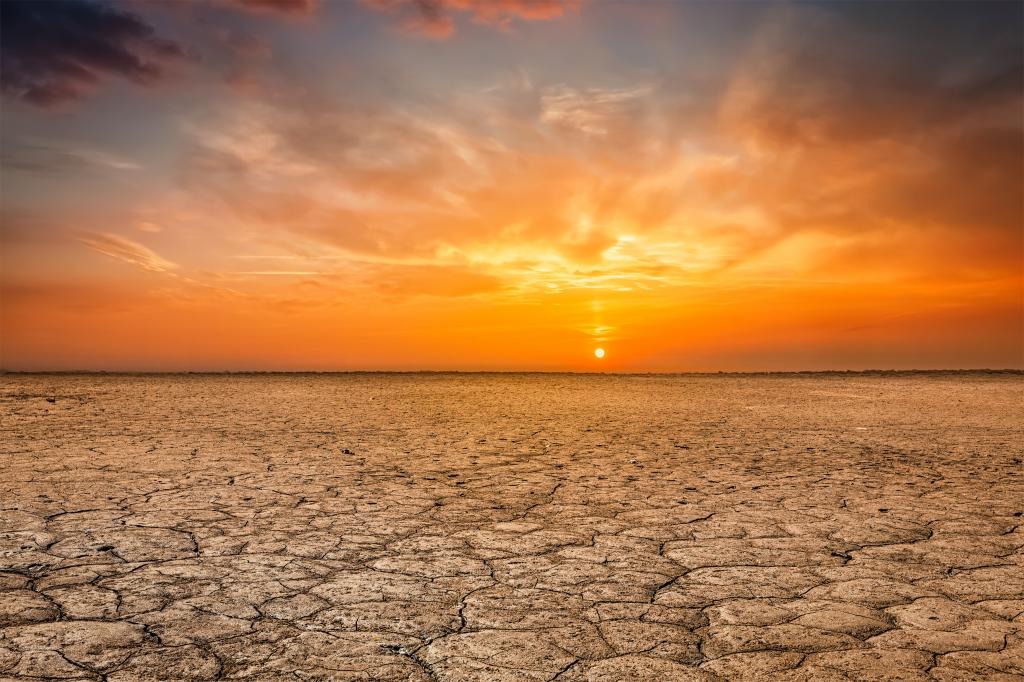Description

Disclaimer: Copyright infringement not intended.
Context
The recent declaration of El Nino conditions by the World Meteorological Organization (WMO) in the equatorial Pacific Ocean.
Details
- The World Meteorological Organization (WMO) declared the onset of El Nino conditions in the equatorial Pacific Ocean on July 4, 2023.
- El Nino is the warmer-than-normal phase of the El Niño Southern Oscillation (ENSO) phenomenon.
- It is characterized by higher sea surface temperatures (SST) in the Nino 3.4 region of the equatorial Pacific Ocean.
- The Ocean Nino Index (ONI) measures the temperature anomaly, with values exceeding 0.5°C indicating El Nino conditions.
- The ONI value was 0.9°C in mid-June, according to WMO.
Rapid Changes in Oceanic Conditions
- The oceanic conditions leading up to the El Nino have changed rapidly in recent months.
- The ONI went from -0.44°C in February 2023 to +0.47°C in May 2023 and reached 0.9°C by mid-June.
- Despite these changes, there is still some uncertainty regarding the impacts on the atmosphere and the sustainability of El Nino.
- WMO expects a fully established coupling in the tropical Pacific within approximately another month.
Impacts of El Nino
- El Nino is expected to lead to extreme weather events such as heat waves and droughts globally.
- Previous El Nino events have resulted in severe droughts in Australia, Indonesia, parts of southern Asia, Central America, and northern South America.
- Increased rainfall can be observed in parts of southern South America, southern United States, the Horn of Africa, and central Asia.
- El Nino can also fuel more hurricanes in the central and eastern Pacific Ocean while suppressing hurricane formation in the Atlantic Ocean.
El Nino and Global Warming
- The current El Nino event coincides with heightened global temperatures due to ongoing global warming caused by greenhouse gas emissions.
- In May, WMO released a report indicating a 98 percent chance of the next five years being the warmest ever recorded.
- There is a 66 percent chance of the global annual average temperature temporarily crossing the 1.5°C mark.
- The combination of global warming and El Nino in 2016 resulted in record-breaking temperatures.
Impacts on Monsoon Season in India
- El Nino is expected to have a significant impact on India's ongoing monsoon season.
- Past El Nino years have led to droughts and decreased monsoon rainfall throughout the country.
- In 2015, a developing El Nino year similar to 2023, India experienced a 14 percent deficit in monsoon rainfall, leading to a drought year.
India Meteorological Department (IMD) Forecast
- The India Meteorological Department (IMD) predicted El Nino conditions based on the three-month average ONI at the end of June.
- IMD forecasts normal rainfall in July overall for the country.
- However, the probabilistic rainfall distribution map predicts below-normal rainfall in large parts of Uttar Pradesh, Bihar, Assam, Meghalaya, Punjab, Ladakh, southern Karnataka, and Tamil Nadu.
Concerns and Calls for Action
- WMO's declaration of El Nino serves as a signal to governments worldwide to mobilize preparations and limit the impacts on health, ecosystems, and economies.
- Early warnings and anticipatory action for extreme weather events associated with El Nino are crucial to saving lives and livelihoods.
- The current El Nino event is another reminder that efforts to limit global warming and meet the targets set in the Paris Agreement need to be intensified.

About El Nino and La Nina
- El Nino and La Nina are two phases of the El Niño Southern Oscillation (ENSO) cycle, a climate phenomenon that occurs in the equatorial Pacific Ocean.
- ENSO refers to the natural variations in oceanic and atmospheric conditions, affecting weather and climate patterns globally.
El Nino
- Definition: El Nino is the warmer-than-normal phase of the ENSO cycle.
- Oceanic Conditions:
- Warmer sea surface temperatures (SST) in the Nino 3.4 region of the Pacific Ocean.
- Weakening of trade winds, which blow from east to west.
- Displacement of warm water and associated atmospheric changes towards the central and eastern Pacific.
- Effects:
- Changes in atmospheric circulation patterns, leading to altered weather and climate patterns globally.
- Impacts can include heatwaves, droughts, and reduced rainfall in some regions.
- Increased tropical cyclone activity in the central and eastern Pacific, while suppressing hurricane formation in the Atlantic.
La Nina
- Definition: La Nina is the colder-than-normal phase of the ENSO cycle.
- Oceanic Conditions:
- Cooler sea surface temperatures in the Nino 3.4 region of the Pacific Ocean.
- Strengthening of trade winds, resulting in upwelling of cold water in the eastern Pacific.
- Enhanced cooling of the surface waters in the central and eastern Pacific.
- Effects:
- Altered atmospheric circulation patterns, leading to distinct weather and climate patterns globally.
- Increased rainfall in some regions, potentially causing floods and heavy precipitation.
- Enhanced hurricane formation in the Atlantic, while reducing tropical cyclone activity in the central and eastern Pacific.
Relationship Between El Nino and La Nina
- El Nino and La Nina are opposite phases of the ENSO cycle, representing different patterns of oceanic and atmospheric conditions.
- They are part of a natural cycle that oscillates between warmer and colder phases, influencing global weather and climate patterns.
- El Nino and La Nina events can vary in duration, intensity, and frequency.
Impacts on Global Weather and Climate
- El Nino and La Nina have widespread effects on weather and climate patterns globally.
- El Nino Effects:
- Droughts, heatwaves, and reduced rainfall in some regions (e.g., Australia, southern Asia, Central America).
- Increased rainfall in other regions (e.g., southern South America, southern United States, central Asia).
- La Nina Effects:
- Increased rainfall, floods, and higher chances of tropical cyclone formation in certain regions (e.g., Australia, South Asia, western United States).
Forecasting and Monitoring
- International weather organizations, such as the World Meteorological Organization (WMO), monitor and forecast El Nino and La Nina conditions.
- Advanced climate models and oceanic/atmospheric data are used to predict the onset, intensity, and duration of these events.
- Early warning systems and preparedness measures are vital for managing the potential impacts on societies, economies, and ecosystems.
Long-Term Climate Change and ENSO
- While El Nino and La Nina events occur naturally, their impacts can interact with long-term climate change caused by human activities.
- Climate change can influence the frequency and intensity of ENSO events, potentially altering their characteristics and associated impacts.
- Understanding these interactions is crucial for assessing future climate projections and implementing effective mitigation and adaptation strategies.
|
PRACTICE QUESTION
Q) How do El Nino and La Nina phenomena interact with long-term climate change? Suggest effective strategies to enhance climate resilience and preparedness in the face of potential extreme weather events associated with El Nino and La Nina. (250 words)
|

https://www.downtoearth.org.in/news/climate-change/wmo-declares-el-nino-onset-following-rapid-development-here-s-what-the-world-should-watch-out-for-90381












